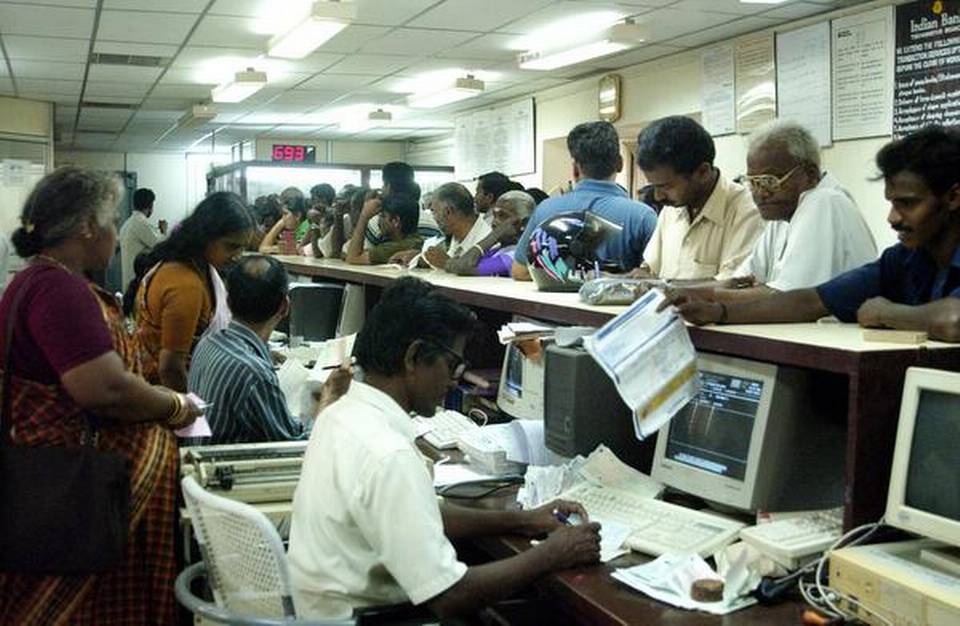The Narendra Modi led NDA government has proposed a Financial Resolution and Deposit Insurance Bill, 2017 which will be tabled for legislative approval, possibly in the upcoming Winter Session itself. A joint parliamentary committee is currently studying the draft Bill. The committee is expected to come out with its report soon, following which the bill is likely to be taken up for legislative approval in Parliament.

Image Courtesy: The Hindu
The Bill has faced opposition from various quarters, namely bank unions, individuals, financial analysts and so on. An online petition initiated by Mumbai resident Shilpa Sree, against the FRDI bill got more than 40,000 signatures merely hours after it was started.
The Bill aims to establish a Resolution Corporation that will monitor financial firms, anticipate risk of failure, take corrective action and resolve those. The financial firms may be classified in several categories based on the risk of failure 1. Low, 2. Moderate, 3. Material, 4.Imminent, 5.Critical. Depending on the status of the financial firm, the Resolution Corporation may take over the management of the firm using methods such as (i) merger or acquisition, (ii) transferring the assets, liabilities and management to a temporary firm, or (iii) liquidation.
A contested definition in the bill is of the ‘bail-in’ provision which, analysts apprehend, will put the depositors’ money in the banks at the risk and drive the economy towards a crisis worse than demonetization.
The bail-in clause is meant to rescue financial institutions at the brink of failure by making its creditors and depositors take a loss on their holdings. Hence, it is apprehended that the bill, if passed in its current form, will allow critically ill banks to restructure their liability (letting go of bad loans etc.) which includes depositors’ money. As per the bill, a bail-in will be triggered in consultation with the appropriate regulator, like RBI in case of banks and if the Resolution Corporation is satisfied that a bank needs capital to absorb losses. This clause excludes insured deposits, which, under existing rules, means a sum of up to Re. 1 lakh with interest would be protected. The rest of the amount could be converted into securities like stocks of the bank.
The bill also has provisions in which the Resolution Corporation may terminate the current management structure of ailing institutions, implying that the regular employees may lose jobs, a reason why the bill has faced severe opposition from bank unions.
Further, measures to ensure accountability and grievance redressal mechanisms are almost missing. The banks were earlier under Bank Regulations Act, but through FRDI they will be brought under the purview of a Company Law Tribunal which comes under the Companies Act. This is unwarranted as it gives all powers in case of likelihood of liquidation to the Tribunal.
The government response to the public angst is that of complete denial, where they have refused to admit that the depositors’ money may be in danger and secondly the introduction of a legal institution that can, by and large protect the interests of both, the institution and the depositors. Instead the finance minister Arun Jaitley tweeted “The Financial Resolution and Deposit Insurance Bill, 2017 is pending before the Standing Committee. The objective of the government is to fully protect the interest of the financial institutions and depositors.”.
However, how the government is planning to “fully protect the interest of the financial depositors” is unclear. Instead a press release issued today by the Ministry of Finance, GOI seems only to make claims in the air about how Indian banks have adequate capital and how it is depositor friendly. The government will need to come up with more concrete measures especially in terms of legal protection of the financial institutions and depositors’ money.
Related Reads:
A Year After Demonetisation: Small Retailers Report Further Losses But Support BJP
Currency In Circulation 91% Of Pre-Demonetisation Value; Digital Payments Up But Fluctuating